
Everything You Need to Know About Lilac Plant Care
Published: 25/01/2023 | Updated: 19/04/2023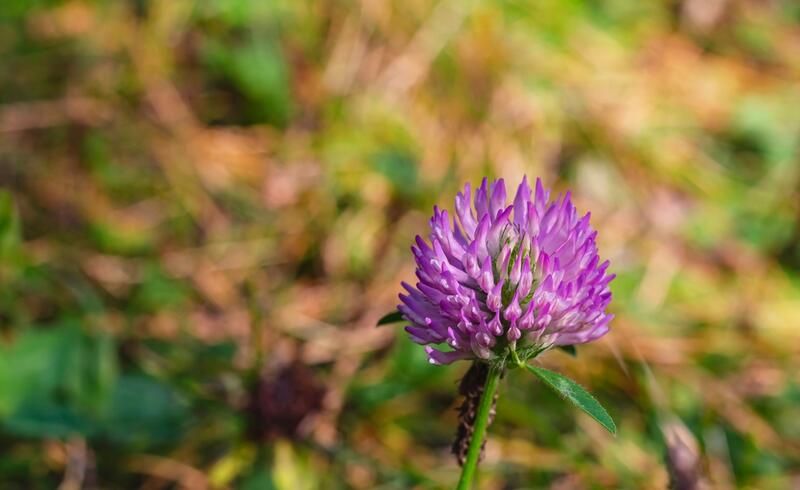
Chances are your image of Spring is at least partially made up of beautiful blooms of purple lilac bushes. The sight of it is nearly synonymous with Spring, it's in every rom-com taking place in the season, and every beautifully tended garden in the neighborhood.


And all for good reasons! The flowers can't be compared both in beauty and fragrance. So it's sufficient to say you won't run out of reasons to plant lilacs in your home garden.
But you probably already know that! Hence, why you're here. And maybe you've already tried planting lilacs and it didn't work out. Or maybe you want to try but want all the info on how to care for lilac bushes first.
Either way, you've made the right choice coming here. Because we have all the how-to's for you when it comes to caring for the plant!
Everything You Need to Know About Lilac Flowers
Before we delve into how to plant lilacs and care for them, let's get some lilac facts right first! They might seem like straightforward flower buds, but there is more to them than meets the eye.
Following the mythologically-inspired scientific name, Syringa Vulgaris, the plant is a species of flowering woody plants in the olive family, Oleaceae. The Syringa Vulgaris makes up 12 species, with hybrids.
They are normally recognized as small trees, typically ranging up to 8 feet tall, with larger varieties going up to 30 feet tall.
Lilacs have a long lifespan. With proper lilac tree care, they can live up to and continue to bloom and grow for over five decades.
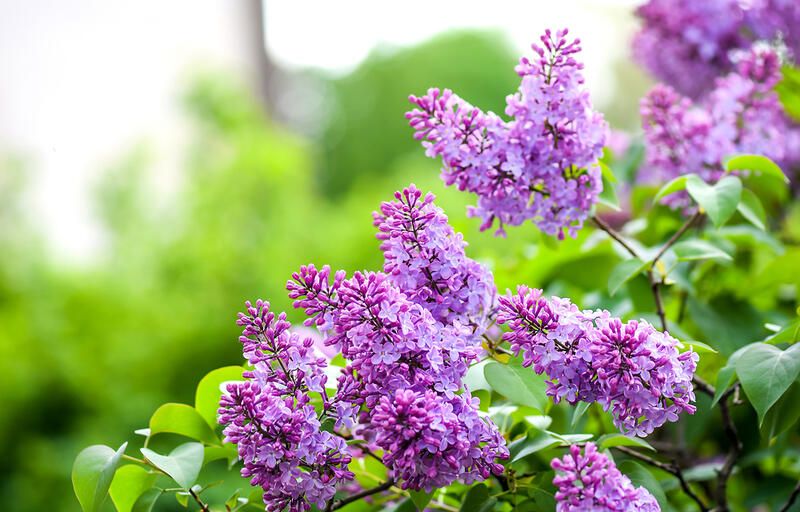
The fragrant flowers attract butterflies and hummingbirds among many other pollinators.
Moreso, lilacs are so ancient and heavy on symbolism that most cultures out there have different meanings and symbols for them. It's frequently referenced in art and literature both due to its beauty and this symbolism.
And it's so important to cultures that there are over seven annual festivals for in North America alone. And while most lilacs bloom once a year in early spring, some varieties bloom more than once!
Lilac varieties
While the most common lilacs are the purple lilac bushes, there is a large variety of the plant Syringa Vulgaris that varies in colors and nature.
There are ones with yellow flowers, white flowers, cream flowers, and even pink ones. And needless to say, even within purple, shades vary greatly.
The variety goes beyond that too. Individual flowers can either be single or double flowers.
Here are our four most recommended varieties for you to start with:
Syringa Vulgaris' Andenken An Louis Spaeth
The beautiful lilac shrubs are one of the most common. This type is distinguished by its dark purple, and reddish color. It's considered one of the smaller growing lilacs, not exactly of the dwarf varieties but smaller than average, with a size range between 9 and 12 feet tall.
This lilac bush blooms best in late spring, and early summer and blooms best in full sun.
Syringa Vulgaris 'Souvenir of Louis Spaeth' is also one of the lilacs least tolerant of warm and humid climates. In the heat, they are more prone to the fungal disease powdery mildew than other types. So, if you're climate is on that side of the spectrum, we advise passing on that one.
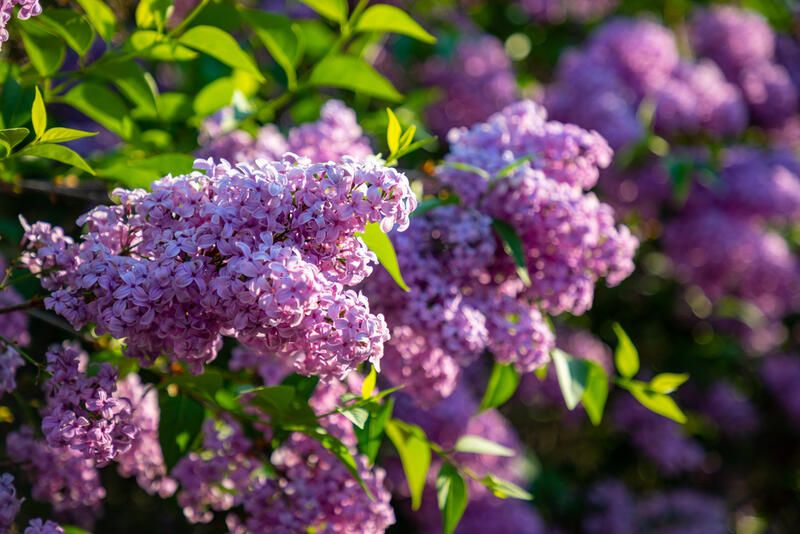
Syringa Reticulata (Japenese Tree Lilac)
The Japanese tree lilac is one of the most stunning types, with cream-white blooming flowers. It's also one of the best to plant in your garden for its resistance. This lilac tree isn't just a pretty face!
It can grow up to 20/30 feet tall and has its particular needs like the full sun, medium-level moisture, good air circulation, and acidic, well-drained soil. Organically rich soil also does it well! And is highly resistant to most fungal diseases, including powdery mildew and bacterial blight.
Syringa pubescent Superba (Lttleleaf Lilac)
Littleleaf lilac of the subspecies Syringa Pubescens is a lovingly bushy shrub of lush, rosy pink flowers and small leaves. It can grow up to 14 feet wide while remaining only 4 to 7 feet tall.
Another great factor of this lilac bush is it's resistance to powdery mildew and heat. Little Leaf is one of the most finely scented lilac varieties.
But its flowers aren't just fragrant spring flowers. It enjoyed the full sun, but even though, this is one of the reblooming lilacs, regrowing in late summer and early fall. Otherwise, its needs don't differ much from what common lilacs require.
If you want the one with the longest growing season to have your garden adorned with fragrant blooms most of the year, this is the one to go for.
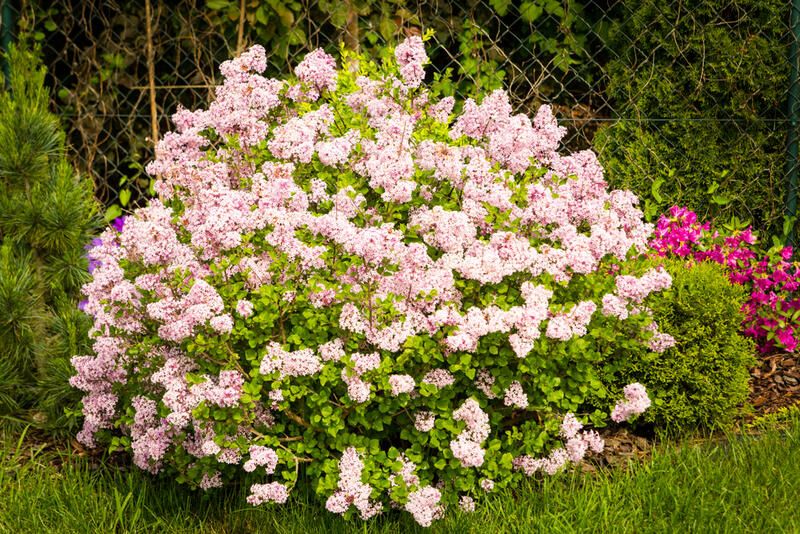
Syringa's Baby Kim
Baby Kim lilac is a compact lilac with the smallest types. A true dwarf lilac that grows to 3 feet tall at most.
Like most lilacs, this one enjoys the full sun, with its growing season being mid to late spring. And it doesn't require much, just rich soil, neutral but best if it's slightly alkaline soil too.
You wouldn't have to go to such lengths to prevent powdery mildew either, nor most of the other elements that affect lilacs, like deer.
How to Plant Lilacs
The common lilac needs a lot of sun, so plant it in a spot where the light is abundant and little to no shade. Even the ones who can tolerate little sun will bloom best in full sun.
Aside from that, the common lilac requires good drainage. So make sure you plant it in well-drained soil.
If you plant container-grown lilacs, dig the hole as deep as the container holding the lilac, but twice as wide.
And as lilacs require a good amount of space and can grow wide, make sure you plant different batches at least 10-14 feet apart.
Last but not least, be patient. Lilacs are late boomers. But when they do bloom, you'll be happy to have waited for them.
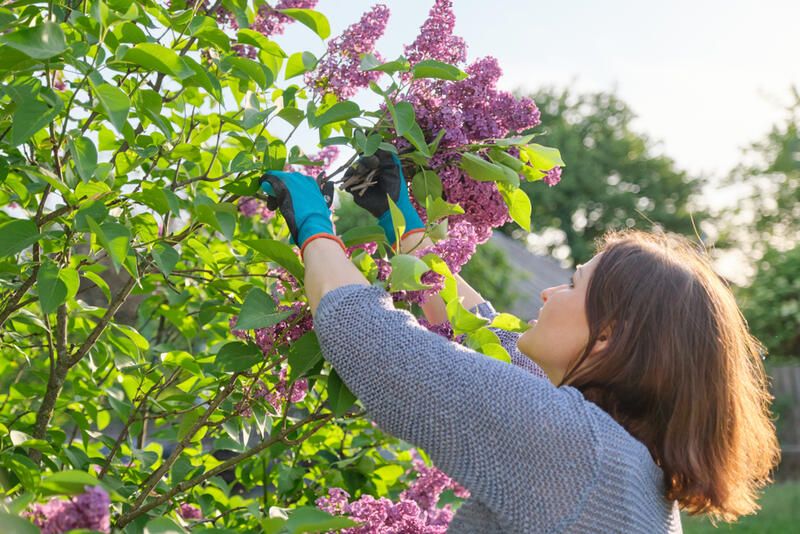
When to Grow Lilacs
The best general time to plant lilacs is in late fall before the ground freezes.
Your other option for planting lilacs is in early spring after the ground thaws. Although make sure it's not too wet for the lilac.
Directly after you plant them, water them thoroughly. Then add a thin layer of mulch to keep out weeds, which are not good friends of lilacs.
How to Care for Lilacs
Lilacs are nowhere near the highest-maintenance plants out there. But with some care, those flower buds will bloom into some of the most beautiful and fragrant flowers your garden will have ever seen.
One thing that lilacs take extremely seriously and you should pay attention to, however, is pruning. But as long as you do it right and at the time it's supposed to be done, there should be no problem.
Pruning Lilacs
When to Prune
The first thing to understand about lilacs here is that lilac shrubs bloom on old wood. Meaning, new flower buds that will bloom into more flowers the following spring are set on the old growth of the year before.
Knowing that matters because if you prune lilacs as you do with other plants in the fall or late winter, you'll be cutting off next year's flowers. Knowing that the best time to prune lilacs is in the spring right after they've flowered before they set buds for the next year.
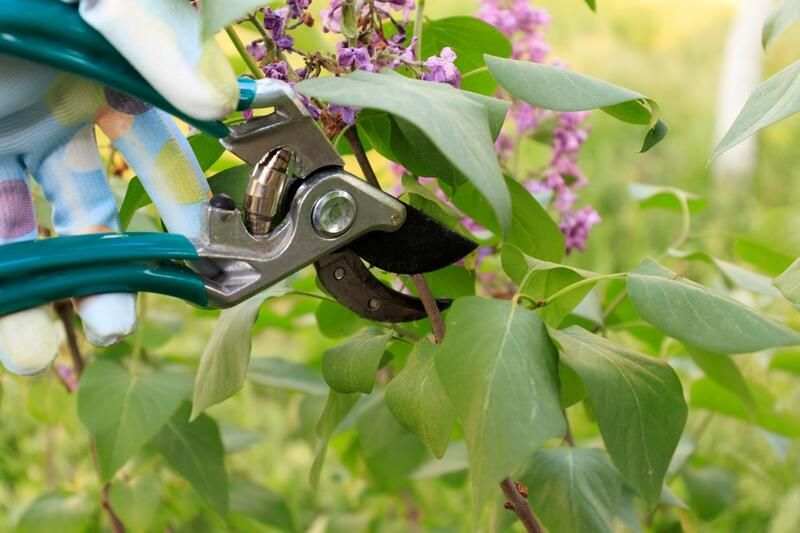
How to Prune
In your annual pruning, since lilacs bloom on old wood, you'll want to remove that old wood before the new buds set in.
Alongside removing any dead wood, you'll also want to remove any spent blooms, so your next year's lilacs grow healthier and better.
Water Requirements of Lilacs
The common lilac thrives in well-drained soil, as mentioned. And generally, lilacs retain moisture well.
Best to water lilacs twice a week at most and only once if it rains regularly in your area. And keep an eye out. Yellow or wilted leaves are a sign your lilacs are overwatered. While overly dry soil is a sign they are underwatered.
You'll also want to water the lilac roots occasionally in the winter if there isn't enough precipitation. Lilacs do withstand that winter chill well, you won't have to worry, but watered, warm soil offers them more protection.
Fertilizing Lilacs
Over-fertilization can do more harm than help for lilac bushes. If the lilac is over-fertilized, it'll have poor flowering and the blooms won't be in their best state.
A small amount applied in late winter will promote enough growing lilacs. The fertilizer has to be balanced, especially not high in Nitrogen.
Organic fertilizers like crushed animal bones might be best.
And as they like rich soils, adding compost if needed will also help your lilacs grow best.
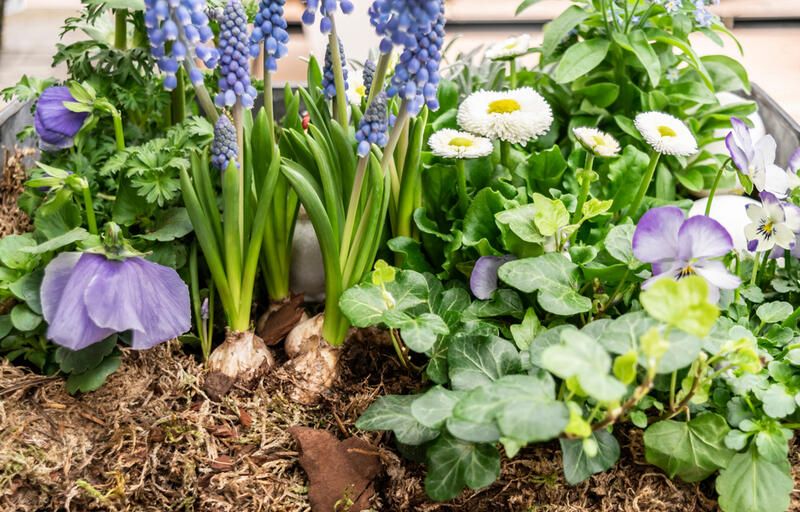
Propagating Lilacs
Why not propagate more lilac bushes in your garden when the blooms are so beautiful? No reason to, especially with how easy it is.
To propagate lilac bushes, all you need to do is take some softwood cuttings from the high blooms of the lilac bush in its season. The cuttings should be 4 to 6 inches short.
After getting them, get your pots filled with potting soil, sand, and perlite. Mix them with a bit of water for damping, then make a small hole in the middle and leave the pot in a warm spot.
If you want to promote growth, you can dip the cuttings in root hormones. Then place them inside the pots.
For additional help and customized consultancy, reach out to shrubhub.com


